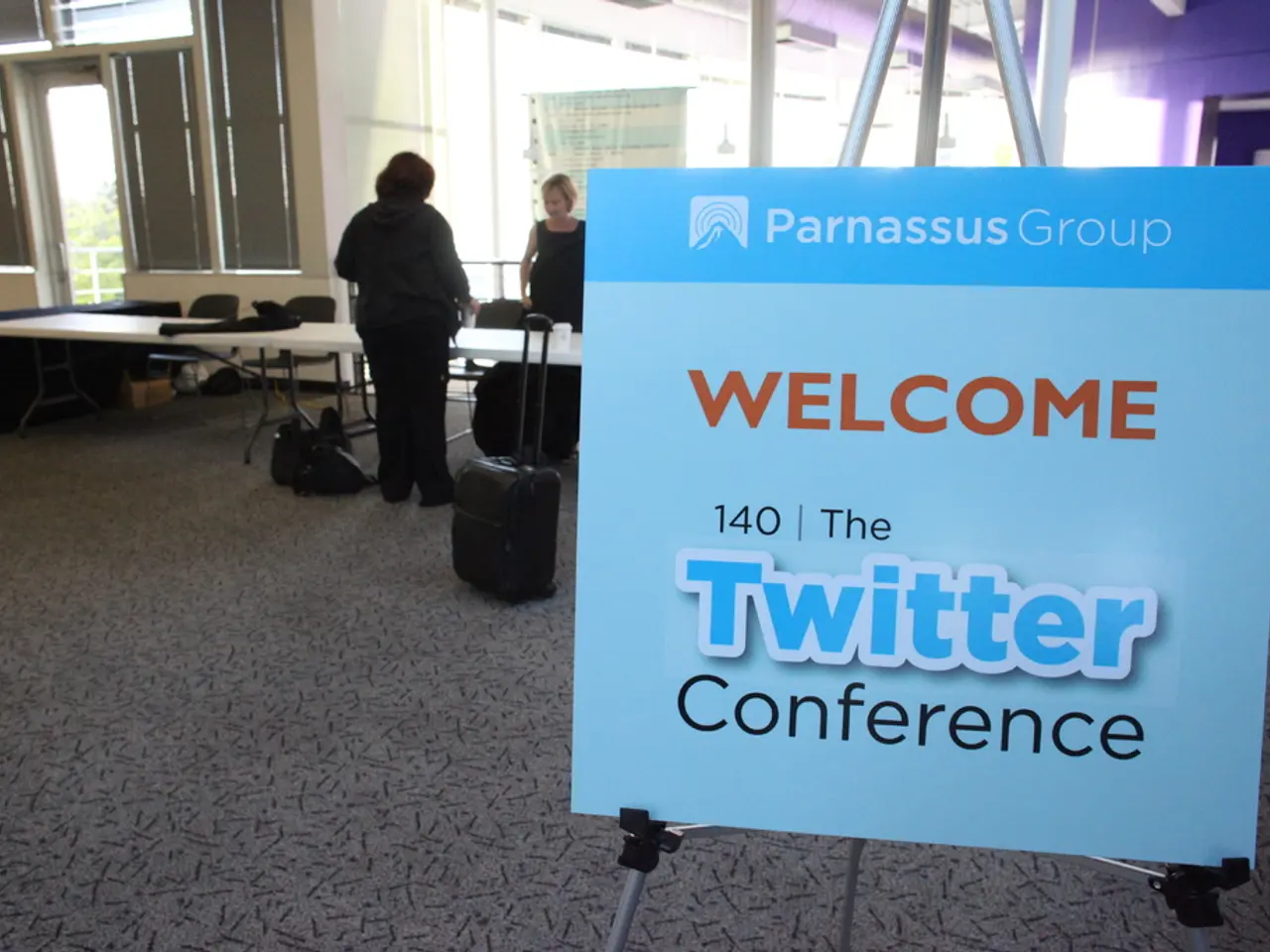Innovation in Brain-Computer Interfaces: Deciphering Speech Directly from Brain Signals
In a groundbreaking study, researchers have developed a deep learning model that can decode speech directly from non-invasive brain recordings. This study, published on arXiv, is a significant milestone at the intersection of neuroscience and artificial intelligence, offering hope for restoring communication abilities for patients who have lost the capacity to speak due to neurological conditions.
The model was trained on public datasets comprising 15,000 hours of speech data from 169 participants. To isolate the speech-related neural signals, robust algorithms were employed. The study aims to help patients regain their identity and autonomy by allowing them to hear their own voice express unique thoughts and sentiments.
The model is designed to predict representations of speech audio from the corresponding brain activity patterns. Electroencephalography (EEG) and magnetoencephalography (MEG) sensors were used to capture the brain signals. A convolutional neural network tailored to each participant's brain data with a "subject layer" improves individualization. Leveraging powerful pretrained speech representations from the wav2vec 2.0 model provides richer speech data than hand-engineered speech features used previously.
The training pipeline involved feeding pairs of brain activity recordings and corresponding speech segments into the model. A contrastive loss function, which helps the model learn to maximize similarity between brain activity patterns corresponding to the same speech sounds while pushing apart patterns from different sounds, was used. This approach improves feature discrimination in neural signal representation.
Although the search results do not provide a single study explicitly detailing this exact combined methodology, relevant insights are synthesized from various sources. For instance, the efficacy of Convolutional Neural Networks (CNNs) in capturing dynamic non-linear patterns in neural signals related to speech decoding and inner speech recognition is reviewed in [1]. The use of pretrained large-scale brain and speech foundation models that improve decoding performance is discussed in [2]. Approaches in neural speech decoding that incorporate advanced loss functions and training techniques to align non-invasive neural signals with speech representations are discussed in [5].
For 3-second segments of speech, the model can identify the matching segment from over 1,500 possibilities with up to 73% accuracy for MEG recordings and up to 19% accuracy for EEG recordings. However, the current accuracy is still too low for natural conversations.
Improved social interaction, emotional health, and quality of life are potential benefits of this technology. Advanced AI could synthesize words and sentences on the fly, giving a voice to the voiceless. The research offers hope for speech-decoding algorithms to help patients with neurological conditions communicate fluently in the future.
It's important to note that EEG and MEG signals are susceptible to interference from muscle movements and other artifacts. Further research on datasets recorded while participants speak or imagine speaking is needed to ensure model accuracy.
In conclusion, the development of this deep learning model marks a significant step forward in the field of neuroscience and artificial intelligence. By decoding speech directly from non-invasive brain recordings, this technology has the potential to revolutionize communication for individuals with neurological conditions, enhancing their quality of life and restoring their autonomy.
The study at the intersection of neuroscience and artificial intelligence utilizes advanced technology, such as deep learning models and artificial intelligence, to decode speech directly from non-invasive brain recordings, potentially aiding in the management of medical-conditions that affect speech. The model's future applications could include the synthesis of words and sentences using artificial intelligence in health-and-wellness, thus giving a voice to those who have lost the capacity to speak due to neurological conditions. The research also encompasses the use of Convolutional Neural Networks and pretrained speech representations, which are key areas in the field of technology.




